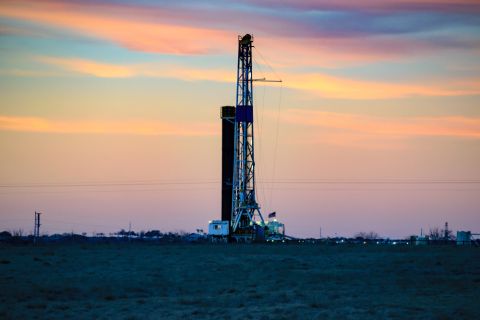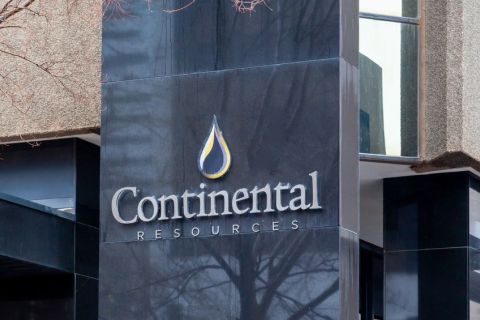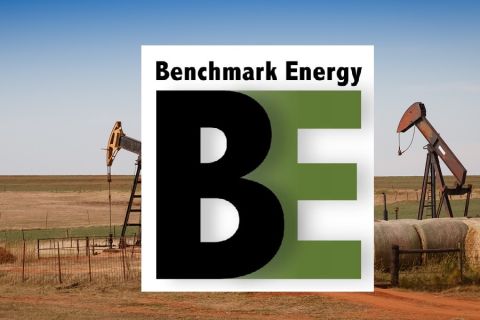The Biden administration gave the U.S. battery sector a $2.8 billion boost this week as 20 companies landed funds to expand domestic production of electric vehicle (EV) batteries and the critical minerals needed to make them.
The companies’ 21 projects marked the first set funded by the Bipartisan Infrastructure Act for battery manufacturing and components, the Energy Department said on Oct. 19. The move comes as the U.S. works to strengthen domestic production of batteries and minerals, reducing its reliance on China for such supplies.
“Responsible and sustainable domestic sourcing of the critical materials used to make lithium-ion batteries—such as lithium, cobalt, nickel, and graphite—will strengthen the American supply chain, accelerate battery production to meet increased demand, and secure the nation’s economic competitiveness, energy independence, and national security,” the Energy Department said in a news release.
The companies receiving funds, which will be matched by the recipients, include Ascend Elements, a Massachusetts-based advanced battery materials manufacturer. The company secured about $316 million in federal funding to help build a proposed commercial-scale, integrated metal extraction and precursor cathode active materials facility in Kentucky. The facility is expected to produce enough material to supply more than 250,000 EVs annually.
Together, the projects are envisioned to supply enough battery-grade lithium for about 2 million EVs annually, battery-grade graphite for about 1.2 million EVs annually and battery-grade nickel for about 400,000 EVs annually. The list also includes plans for the first large-scale, commercial lithium electrolyte salt production facility and the first commercial-scale domestic silicon oxide production facilities in the United States, according to the release.
Here’s a look at some of this week’s other renewable energy news.
Batteries
Crimson Battery Storage Unit Goes Online in California
The 350-MW, 1,400 MWh Crimson Storage energy storage project has begun operations, providing flexible generation capacity to California’s electric grid, according to an Oct. 18 news release.
The project, located in Riverside County, is being called the largest battery storage project in the world to reach operation in a single phase.
Canadian Solar Inc. provided the battery energy storage systems and oversaw construction, while Axium Infrastructure and Recurrent Energy will serve as long-term owners.
The project, which helps California move toward its decarbonization goals, has two contracts in place—one each with Southern California Edison and Pacific Gas and Electric Co., the release said.
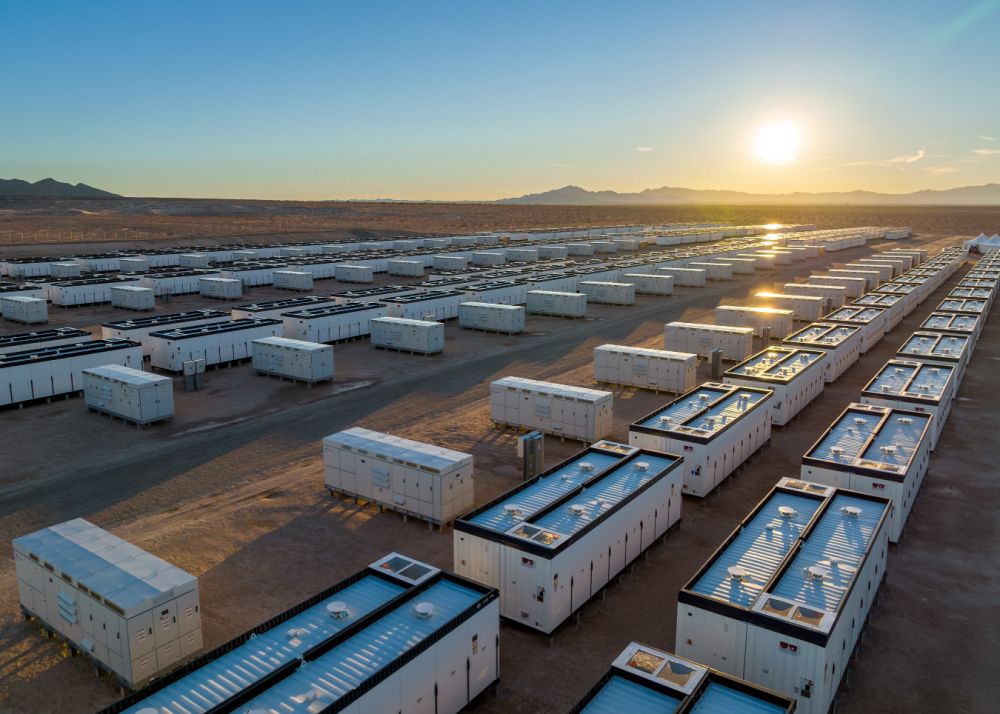
Arxada Ramps Up Production of Battery Materials
Large-scale production of battery-grade Prussian blue materials has started at Arxada AG’s Switzerland facility, enabling 600 MW annual production of Natron Energy Inc.’s sodium-ion battery projects.
The Prussian blue will be transformed into UL-listed sodium-ion battery products at Natron’s factory in Michigan, according to a news release.
“Arxada’s supply of Prussian blue to Natron marks our entry into the electrodes for battery materials market, as part of our strategy to help our customers develop cleaner, greener and more efficient solutions across a broad spectrum of end markets,” Antje Gerber, president of Arxada’s Specialty Products Solutions business, said in the release.
The production start comes after the two signed a supply agreement in 2021.
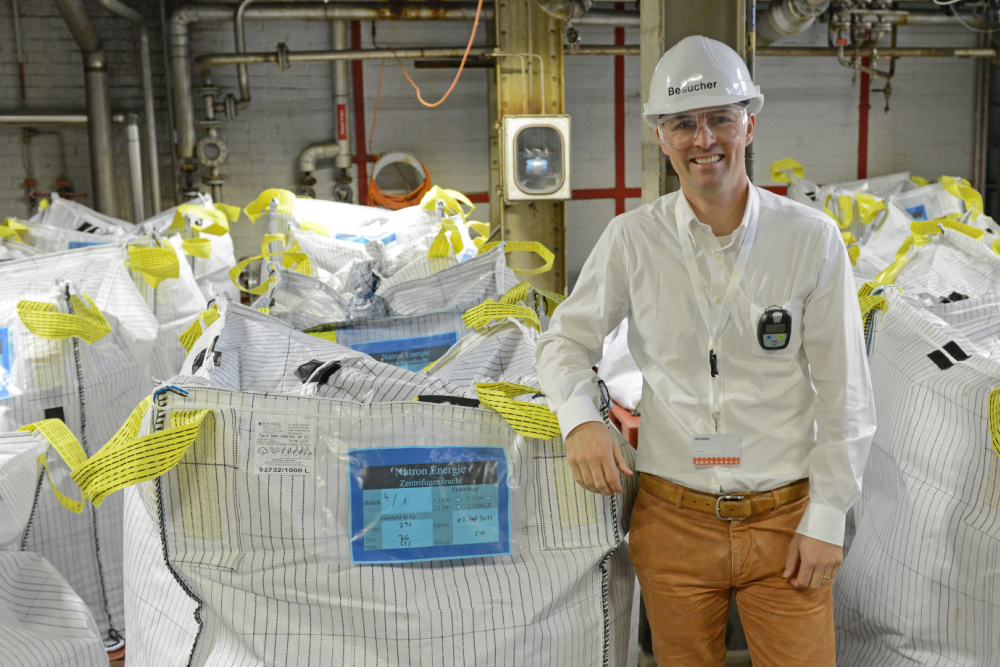
Drilling Results Give Hope for Lithium Resource
American Battery Technology Co. has completed the second phase of its two-part exploration drilling program, reporting Oct. 18 data confirms anomalous lithium-bearing claystone below 500-ft depth of mineralization.
The 22-hole exploration program took place at the company’s 10,340-acre Tonopah Flats Lithium Project in Big Smoky Valley, Nevada. During the first phase, holes were drilled about 500 feet, where the company said “significant mineralization of lithium” was present. The second phase aimed to sample deeper depths, reaching 885 feet. Characterization results from assays from two holes confirmed claystone with lithium concentrations.
The company said it has brought on RESPEC to perform an independent analysis to quantify the magnitude of the resource.
Hydrogen
Plug, Olin Partner to Develop Hydrogen Plant in Louisiana
New York-headquartered Plug Power Inc. said Oct. 19 it is launching a joint venture, called Hidrogenii, with electrolytic hydrogen producer Olin Corp. to construct a hydrogen plant in St. Gabriel, Louisiana.
The facility will be designed to produce 1,000 tons per day of liquid hydrogen by 2028, Plug said in a news release.
Plug will serve as the exclusive marketer of Hidrogenii’s hydrogen and provide logistical support for delivery, while Olin will provide reliable hydrogen supply and operational expertise.
Chevron Forms Partnership to Pursue US Gulf Coast Hydrogen, Ammonia Project
Chevron Corp. joined a collaboration with Air Liquide, LyondellBasell and Uniper SE to evaluate the potential for a hydrogen and ammonia production facility on the U.S. Gulf Coast, according to a press release on Oct. 19.
The consortium would study the potential project, which would cover all aspects of the energy value chain and use each company’s production, operational experience, storage, distribution and export logistic expertise.
Should the companies choose to develop the facility, it would support industrial decarbonization and mobility applications in the surrounding area, as well as grow clean ammonia exports, both of which would help increase the international supply of low-carbon power.
The consortium will be specifically assessing the project’s hydrogen-producing potential using natural gas with carbon capture and storage and renewable hydrogen through electrolysis. The hydrogen would then be used to supply end-use markets such as ammonia, petrochemicals, power and mobility.
RNG
TC Energy Invests in RNG Project at Jack Daniels Distillery
Calgary, Alberta-based TC Energy Corp. will invest $29.3 million in a renewable natural gas (RNG) production facility owned by Lynchburg Renewable Fuels LLC and developed by 3 Rivers Energy Partners LLC, a company press release announced on Oct. 17.
The production facility will be located near a Jack Daniels distillery in Lynchburg, Tenn., and intends to use a broken-down byproduct of the distilling process to generate methane gases recovered as biogas, TC Energy stated in the announcement.
The facility is scheduled to be operational in 2024, marking TC Energy’s first investment in RNG production, executive vice president and president of power and energy solutions Corey Hessen said in the release. The company will market 100% of the RNG production and environmental attributes, including renewable identification numbers and low carbon fuel standards.
Contaminants from the distilling process will be removed through a biogas upgrade plant and used to produce RNG to be transported via pipeline to a local natural gas utility. In addition, the facility will also produce liquid fertilizer to be stored and distributed to meet local agriculture demand.
The carbon intensity from the facility’s RNG is anticipated to be 50% lower than traditional natural gas, which will save up to 16,000 tonnes of CO₂ equivalent a year.
Rimrock Lands RNG Offtake Agreement for New Facility
Rimrock Renewables LP has secured a 20-year offtake agreement with FortisBC Energy for up to 525,000 gigajoules of RNG annually, according to an Oct. 17 news release.
The RNG will come from a new facility in Foothills County near High River, Alberta, said Calgary-based Tidewater Renewables Ltd., which owns a majority share in Rimrock, said. The facility, once complete, will convert organic waste in energy to meet the needs of over 5,800 homes in British Columbia, the company said.
The agreement is subject to regulatory approval, which Tidewater said is expected in first-quarter 2023. Plans are to begin supplying the RNG in first-half 2024.
Shell Advances to Next Bidding Round for Biogas Maker Nature Energy
Shell is among a number of companies joining a second bidding round to acquire Danish biogas producer Nature Energy, three sources familiar with the matter said, as energy firms race to boost low-carbon businesses.
The sale is due to close by the end of this year and could value Nature Energy at around $2 billion, the sources said.
It comes amid growing interest in biogas, which is produced from agricultural and other biological waste and could replace some of the fossil fuels that keep the world's major economies running.
BP on Oct. 17 agreed to buy RNG producer Archaea Energy Inc. for about $4.1 billion. It aims to grow its production fivefold by 2030.
Solar
Dominion Energy Eyes Solar, Energy Storage Projects in Virginia
Dominion Energy has proposed building nearly two dozen new solar and energy storage projects that could provide more than 800 MW of electricity for its Virginia customers, the company said Oct. 17.
The proposal includes seven utility-scale solar projects, two distributed solar projects and one utility-scale energy storage project.
If approved by the Virginia State Corporation Commission and other regulators, the projects would provide enough power for more than 200,000 Virginia homes at peak, the company said. Construction would take place from 2023 through 2025, Dominion said, with the projects supporting about 4,800 jobs and generating more than $920 million in economic benefits in Virginia.
Wind
Siemens Gamesa Lands Wind Power Deals in Finland, Taiwan
Siemens Gamesa shared news of two deals this week—one for its first wind project in Finland with Energiequelle and a second that marks its largest wind power deal to date in Taiwan.
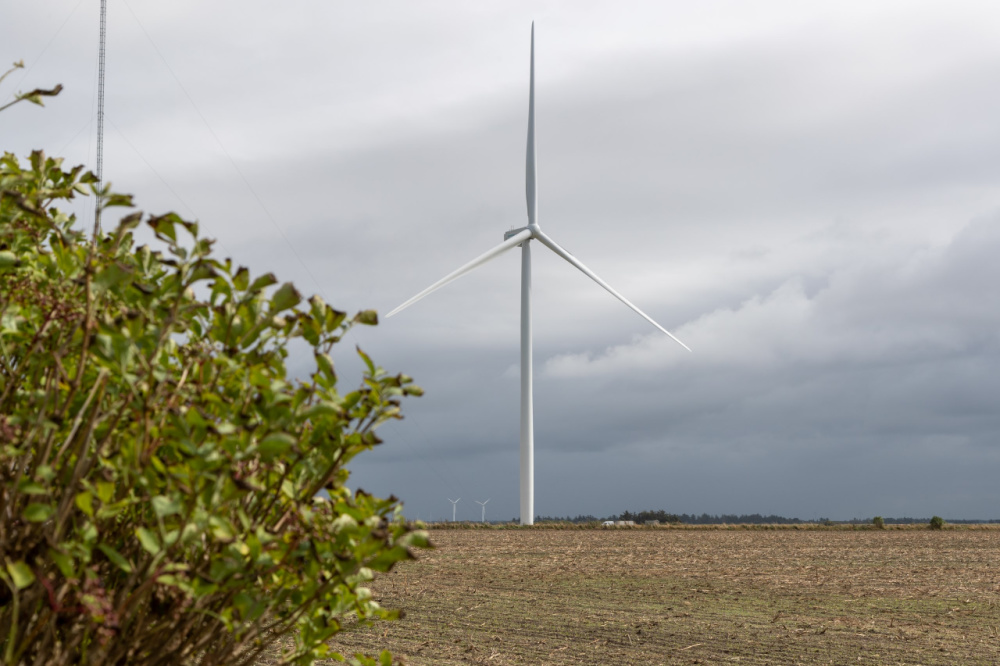
The company on Oct. 20 said it was chosen by project developer Energiequelle for the first time to deliver 16 SG 6.6-170 wind turbines for the Mikonkeidas wind farm in Finland. Part of a 105-MW project, installation is planned for first-half 2024. The deal also includes a 35-year service agreement.
The company this week also said it has signed turbine supply, service and availability agreements with the Hai Long Offshore Wind Project in Taiwan. Plans are to deploy 73 SG 14-222 DD offshore wind turbines—each with a 14-MW capacity—off Changhua County. The agreements cover three offshore wind projects: the 300-MW Hai Long 2A, the 232-MW Hai Long 2B and the 512-MW Hai Long 3.
Reuters and Hart Energy staff contributed to this article.
Recommended Reading
Permian Resources Continues Buying Spree in New Mexico
2024-01-30 - Permian Resources acquired two properties in New Mexico for approximately $175 million.
Marketed: Williston, Powder River Basins 247 Well Package
2024-03-11 - A private seller has retained EnergyNet for the sale of a Williston and Powder River basins 247 well package in Sheridan, Montana, Burke and McKenzie counties, North Dakota and Campbell County, Wyoming.
Continental Resources Makes $1B in M&A Moves—But Where?
2024-02-26 - Continental Resources added acreage in Oklahoma’s Anadarko Basin, but precisely where else it bought and sold is a little more complicated.
Benchmark Buys Revolution Resources’ Anadarko Assets in $145MM Deal
2024-02-20 - Benchmark Energy II is acquiring Revolution Resources just over four years after Revolution bought out Jones Energy Inc.’s Midcontinent portfolio.
Marketed: Rock Oil Holdings Mineral, Royalty Opportunity in Midland Basin
2024-04-09 - Rock Oil Holdings has retained PetroDivest Advisors for the sale of a mineral and royalty opportunity in Howard County, Midland Basin.


